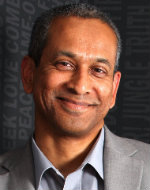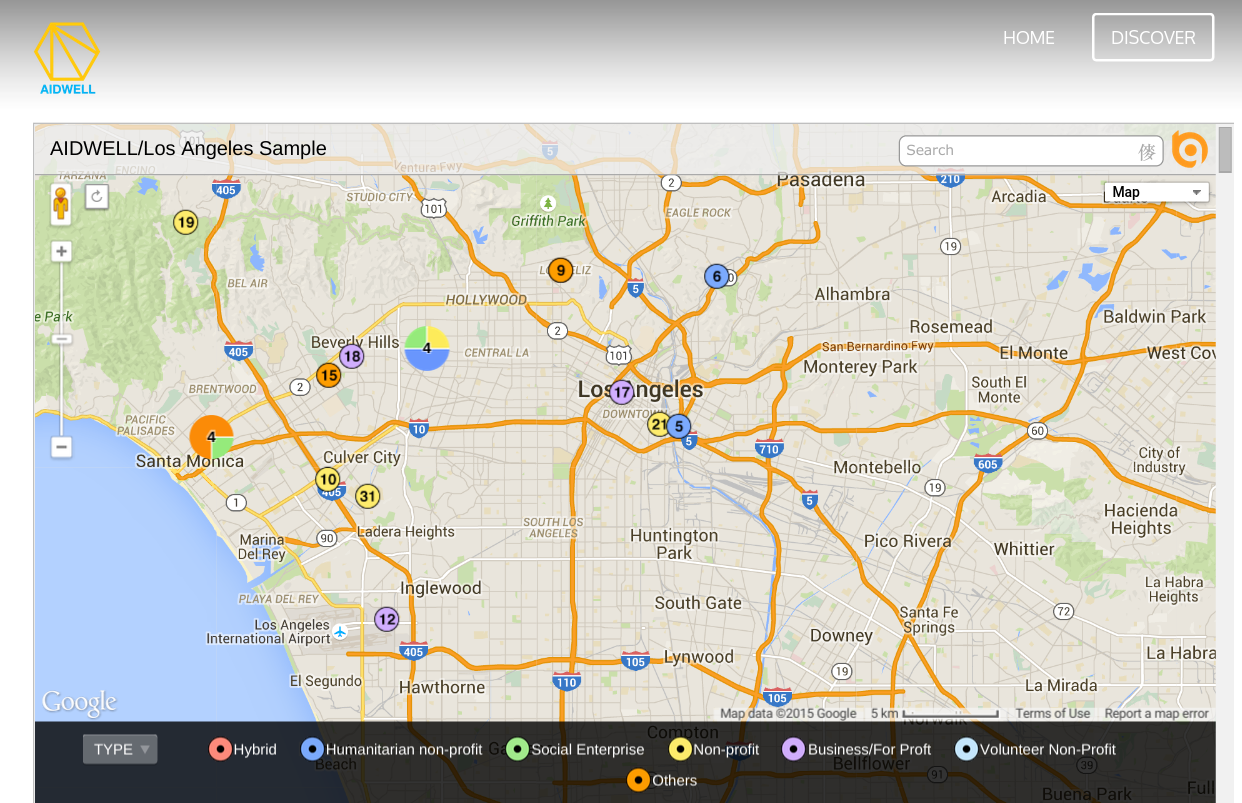Simply including technology in your M&E plan does not lead to better M&E. This was the mantra as I started TechChange’s Tech for M&E online course in January. I heard about this online course from a colleague, and since Commonwealth of Learning is constructing a new six year strategic plan with a crucial M&E component, enrolling in the course was a no brainer. I enrolled and entered a community of more than 180 international development professionals from over 50 countries. All of us in the course agreed that technology is not the main focus for M&E but rather an important enabler to collecting, analyzing and presenting data.
At the end of the course, I reflected on things you must do to successfully integrate technology in M&E:
1. Establish trust between different stakeholders
When it comes to using technology for data collection, data security and data privacy are very important concerns. As stakeholders are requiring stronger evidence of impact and the use of data to make informed decisions, building a partnership based on trust among all stakeholders is one way to ensure regular flow of data. This includes having all confidentiality and transparency issues addressed with the stakeholders. All stakeholders need to have confidence in each other and in the process and know that their data will be protected, so there must be enough time and resources for engagement with the stakeholders.
2. Spend adequate time in preparation
Another key element is the level of preparation that is required for any technology use for M&E. The use of checklists, ICT in the different steps of a program/project cycle (diagnosis, planning, implement/monitor, evaluate, report/share lessons) and using an M&E expert are all important. All ethical and cultural issues need to be raised with the stakeholders and to the extent possible, addressed upfront.
It is important to ask these questions as you prepare your M&E plan:
- How does M&E fit into the organization’s strategy and contribute to achieving the goal?
- What training and support are required so the field workers are trained, assessing if they have good relationships with the community and what technology will enable best data collection?
- What role will the field workers play to increase responses to qualitative and quantitative data collection?
- How does one build confidence with all partners so that the quality of data collected enables better analysis and results?
The course checklist of having a quality M&E plan, a valid design to achieve the results and determining the appropriate technology is very helpful. It also emphasizes the importance of testing this with the stakeholders and identifies how to collect data at the different levels of the project and ensure there is a strong motivation to participate.
3. Consider a mixed method approach to data collection
The key focus of my work is in education, both formal and non-formal. So far, using quantitative data has been the norm for any analysis of education provision and its value to society. But mixed method data collection (quantitative and qualitative) is being increasingly used in education, especially to inform the teaching and learning processes. It allows for an understanding of classroom practices, the learner’s context and its impact on education, offering a more holistic view of whether a project has improved learner performance and learning.
Using ICT for mixed methods of data collection has made the processes easier and ensured easier data storage, tagging, and analysis. Mobile phones can be used to record, transmit and tag the data, and data storage platforms can provide easier access to data, aggregate the responses, and analyze.
The course points to four key questions when designing a mixed method evaluation:
- At what stages/s does one use the mixed method?
- Are qualitative and quantitative methods used sequentially or concurrently?
- Will each method have equal weighting or will one method be more dominant?
- Will the design be at a single or multi-level?
Just plugging technology in your M&E plan doesn’t do much, but there are steps you can take to integrate technology into M&E so that you can collect and analyze data better. These were the takeaways from the course for me, but the course offered many useful insights into the use of technology for M&E like valuable checklists, platforms that can be used, issues to address for the successful use of technology and a focus on mobile phones. I would recommend the course to anyone looking to learn more about the use of technology in monitoring and evaluation.
Author bio
Vis Naidoo is the Vice-President at Commonwealth of Learning in Vancouver, Canada. He has spent much of the past 20 years involved in the development of open and distance learning systems, educational technology policy and the applications of technology to education – both in South Africa and internationally.





